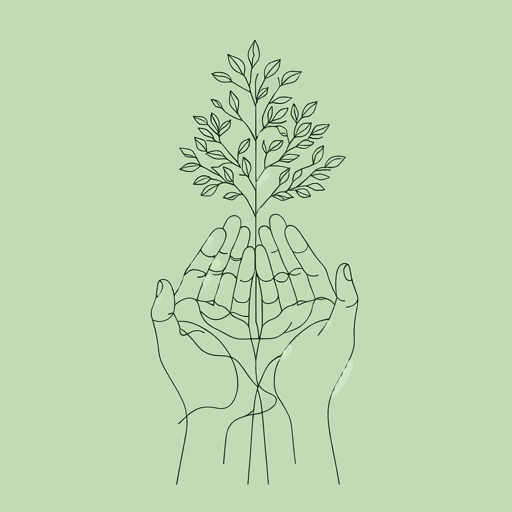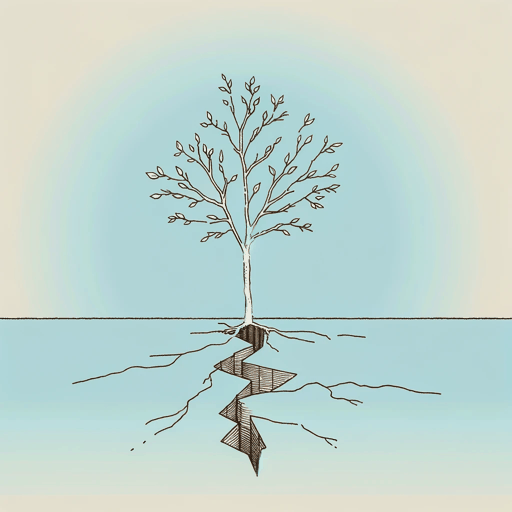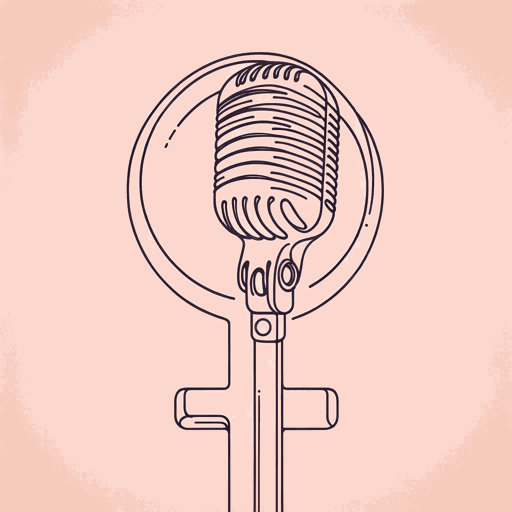51 pages • 1 hour read
Rebecca SolnitA Paradise Built in Hell: The Extraordinary Communities That Arise in Disaster
Nonfiction | Book | Adult | Published in 2009A modern alternative to SparkNotes and CliffsNotes, SuperSummary offers high-quality Study Guides with detailed chapter summaries and analysis of major themes, characters, and more.
Themes
Paradise is Closer Than We Think
This key theme is addressed in the book’s title. For Solnit, heaven and hell can rub shoulders with each other and exist in same time and space in different ways. From the trauma, pain, and loss of a disaster, paradise can be born. This view requires careful considerations of what “paradise” and “hell” actually represent. Solnit defines social utopia, or Paradise, as where “deprivation—hunger, ignorance, homelessness” are eliminated and where “no one is an outsider, no one is alienated” (32).
For Solnit, people have a natural tendency towards creating Paradise. In disaster settings, when the usual frameworks of economics and personal life are suspended, cooperation, altruism, and solidarity take over. While disaster communities are unlikely places to find the conditions of Paradise, they have been displayed repeated in disaster settings. So, for Solnit, Paradise is not necessarily an eternal, perfect state of absolute happiness and fulfillment but more often manifests itself temporarily in the hearts and actions of disaster survivors before the coercive powers of the state and other authorities take over again. Paradise, or at least that which is manifested in disaster communities, is liminal and temporary, while also the “default setting” for survivors.
“Hell,” on the other hand, takes two main forms in this book.
Related Titles
By Rebecca Solnit






